Description, planting and care of the cabbage variety Slava in the open field
Cabbage "Slava" rightfully won the hearts of many gardeners. This white-headed culture, which belongs to the category of mid-season, fell in love with its taste characteristics.
Content
- 1 Describing "Glory"
- 2 About two varieties of "Glory"
- 3 About the correct cultivation of the cabbage variety "Slava"
- 4 Stages of feeding cabbage "Slava"
- 5 Enemy # 1 - Cabbage Keel
- 6 Enemy number 2 - black keel
- 7 Enemy number 3 - powdery mildew
- 8 Enemy # 4 - the invasion of aphids
- 9 On the advantages and disadvantages of "Slava"
Describing "Glory"
Cabbage "Slava" is considered mid-season, as the fork itself is formed on average 110 -125 days after germination. Despite the fact that this culture is quite hygrophilous, it tolerates the lack of moisture "Slava" is quite tolerable.
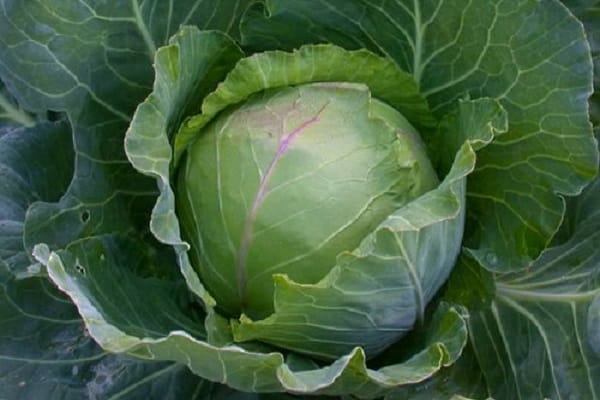
The head of cabbage has a rounded, slightly flattened top shape. The forks are about a quarter of a meter in diameter and weigh from 2 to 4.5 kilograms. The cabbage pulp has a light shade, the leaves are outwardly light green in color, and in the context they are white.
The official characteristic for the cabbage variety Slava speaks of a high yield, equal to a dozen kilograms per square meter. And the excellent taste and good resistance to the main diseases of culture have already come to the liking of many who planted this cabbage.
You can try the cabbage beauty before the New Year holidays, it is also good in a sauerkraut form. The vegetable is also a success for sales. It is not afraid of transportation and crackling, and it can be stored for three months.

About two varieties of "Glory"
Cabbage "Slava" is distinguished by two varieties: Gribovskaya 231 and 1305. The first assumes the formation of a head of cabbage 100-110 days after germination. As for the Slava 1305 cabbage, it ripens 15 days later. True, this option is appreciated more for a higher yield and greater resistance to cracking.
Slava Gribovskaya 231 also has its advantages. Her forks are more dense, on average, its weight is under 3 kilograms, and the collection per square meter is about 9 kilograms. In option 1305, heads of cabbage grow up to 5 kilograms, and the yield is 12 kilograms, but the density is lower and storage is shorter.
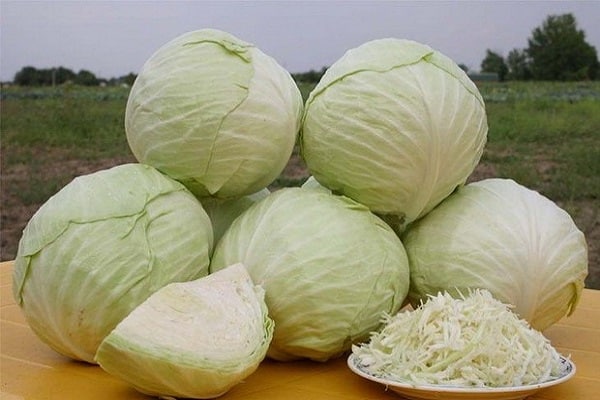
About the correct cultivation of the cabbage variety "Slava"
Planting and caring for "Glory" has certain rules. Most often, cabbage is grown using seedlings. When buying seeds, it is important to understand the presence of pre-sowing treatment, which should be indicated on the appropriate bag. If processing has not occurred, then cabbage seeds before sowing are prepared by the gardener himself.
The seeds are kept for half a day in a solution of potassium humate and water in a ratio of 1 gram to 1 liter, then washed and hardened at a temperature of 2 degrees.
Now the seeds are ready for sowing, which also has its own technique.Seed for seedlings is grown in a greenhouse or in the open field under plastic wrap. Sowing is carried out in the second spring month with an optimum temperature of 13-17 degrees. The seeds are then placed in grooves one and a half centimeters wide and with an interval of 7 centimeters between rows.
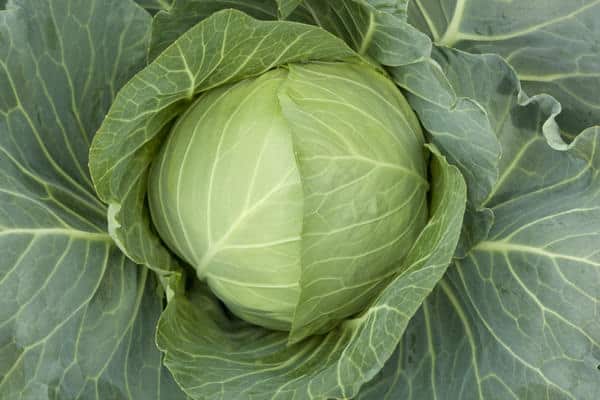
Seedlings should be thinned out when the first leaf appears, so that the plants grow at a distance of 5 cm from each other. It is important to prevent the soil from drying out: the seedlings are watered when they are drained in the open field. A single seedling requires an area of 25-26 square centimeters. When the second leaf appears, the first feeding should be started.
Stages of feeding cabbage "Slava"
One square meter of land assumes the following composition:
- 5 grams of superphosphate;
- 4 grams of ammonium nitrate;
- 2 grams of potassium chloride.
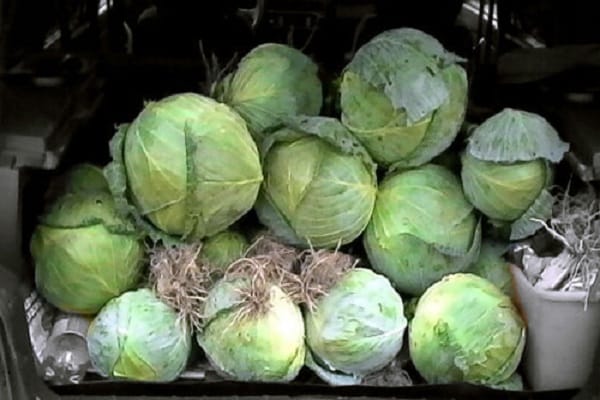
This mixture of dry properties is distributed between the rows, and then it is carried out watering cabbage... The procedure must be repeated after a week.
Plants that have reached a height of 15 cm and formed 5-6 leaves are ready to appear in the open field. The garden should be watered a couple of hours before transplanting. For growing, choose a place with good sunlight, and for planting they adhere to a 60 x 60 cm scheme.
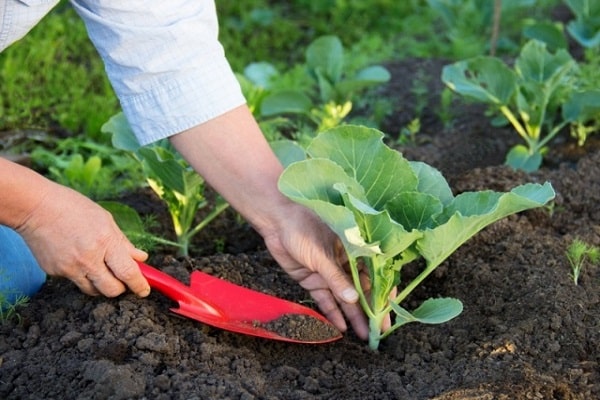
Closer to September, the garden that should grow this cabbage variety, fertilize with humus or manure. Each square meter should have 10 liters of liquid organic matter and a couple of glasses of ash. Weakly acidic soil is optimal for this variety.
As for the regions of the southern part of Russia, here the described culture can be grown without problems by direct sowing into the ground to a depth of 2 cm. For the first time, the thinning process is carried out after the appearance of the third leaf. And after three more sheets, one more thinning is needed to organize a distance of 60 cm between neighboring plants.
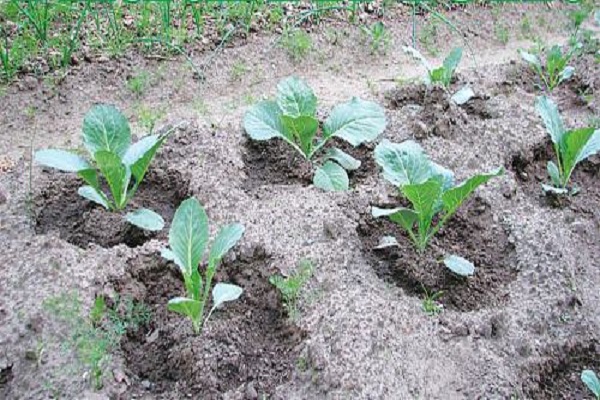
In terms of collection, the forks are ready when they are average, have sufficient density and are not cracked. The harvested culture is stored at zero temperature and 90 percent humidity. The best storage option would be to hang forks from wooden fixtures in basements and attic spaces. It is also possible to place cabbage in wooden boxes, where "Slava" also feels comfortable
The description of the variety also includes the features of fighting the attacks of various parasites and defects. For the convenience of navigating them, especially for novice gardeners, we give below the most common misfortunes that cabbage culture is exposed to and how to defeat them.
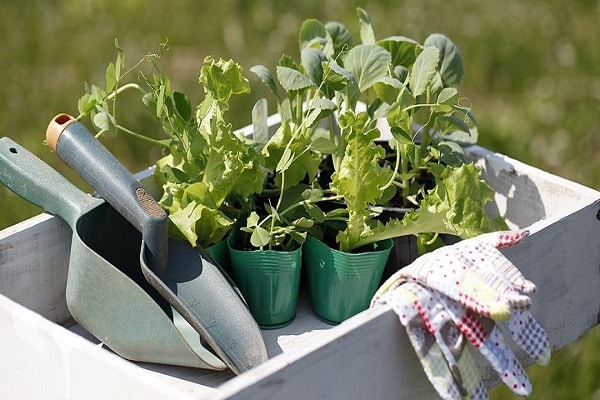
Enemy # 1 - Cabbage Keel
This disease is the most common in the described culture, the cause of which is a fungus. The obvious signs of the onset of the disease will be the appearance of seals on the root system. If this attack is not recognized or treated in time, root decay will occur. Outwardly, this nuisance manifests itself as an abnormal development of the sprout.
To prevent the appearance of keels, certain measures are needed in the form of competently weeding the beds with cabbage, removing all weeds from the planting area after the heads of cabbage are harvested. It is important to dispose of large debris outside the garden and city. Also, when sowing, it is recommended to add slaked lime to the soil. 15 days before planting, soil cultivation is carried out using formalin.
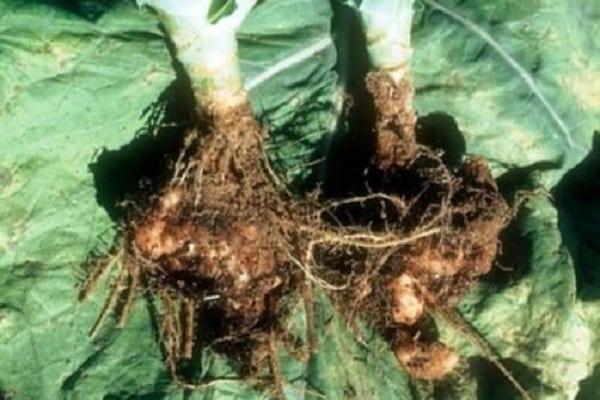
Be sure to follow the rules of crop rotation. The place where the cabbage lived a year later will not be suitable for it this year.
We emphasize that if the disease has spread to young cultures, then, unfortunately, they should be eliminated, since they cannot be treated. But if all the above rules of prevention are fulfilled, the cultivation of Slava cabbage will pass without being hit by the keel.
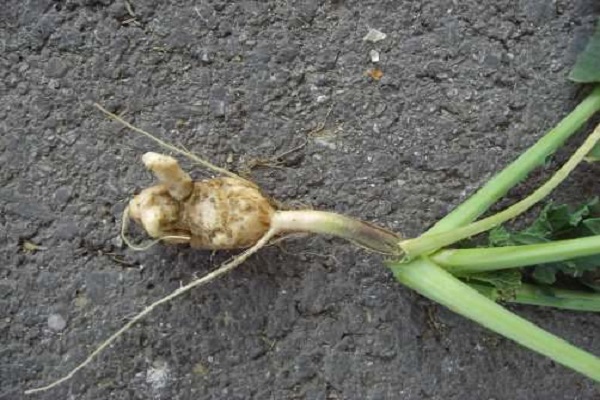
Enemy number 2 - black keel
Another nuisance for cabbage and its owners is the black keel, which is also associated with a fungal nature. The disease is recognized by the thinning of the stems and blackness closer to the root. The result is sad - the cabbage is dying. This ailment, like the previous one, cannot be defeated, but if prevention is carried out in a timely manner, then the disease will not come. This requires the following actions:
- Avoid excessive sprouting;
- Do not allow a strong plant density;
- Before soil sowing, process the seed with potassium permanganate.
- In case of revealing a germ lesion with this defect, immediately get rid of it: this will help in further spreading to the entire cabbage bed.
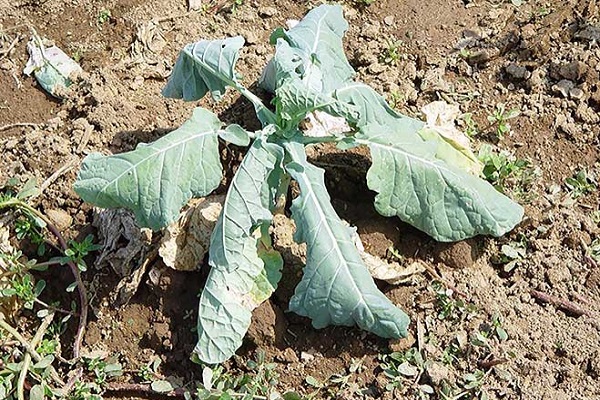
Enemy number 3 - powdery mildew
Downy mildew is considered another enemy of cabbage. The first manifestations of the disease include the appearance of spots of yellow color on the leaves, and the back of the vegetable will show a bloom of a whitish plan. To avoid this defect, it is necessary to organize the soaking of the seeds before planting.
The good news is that you can fight this disease. There are special tools. So, diseased sprouts are sprayed with copper sulfate, and as a preventive measure - a three-time identical procedure with crushed sulfur. If young animals are damaged, we get rid of them promptly in order to avoid damage to the entire ridge with cabbage.
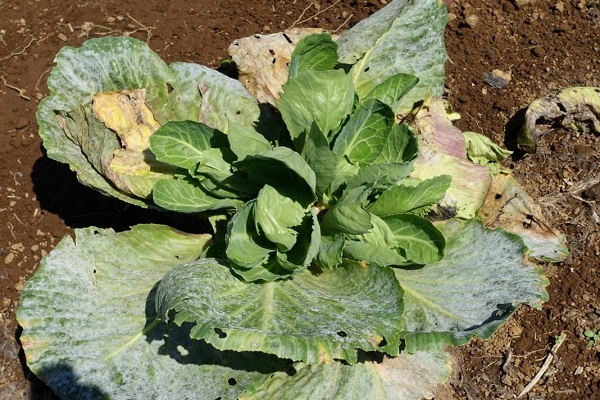
Enemy # 4 - the invasion of aphids
In addition to the listed defects, the described variety can be attacked by insects. And the main one will be the cabbage aphid. Cabbage foliage, which will begin to discolor and curl, will tell you about this trouble.
So that this attack does not spoil your mood, it is better to place greens next to the cabbage - parsley or dill, which will attract ladybirds, which will not mind including aphids in the diet.
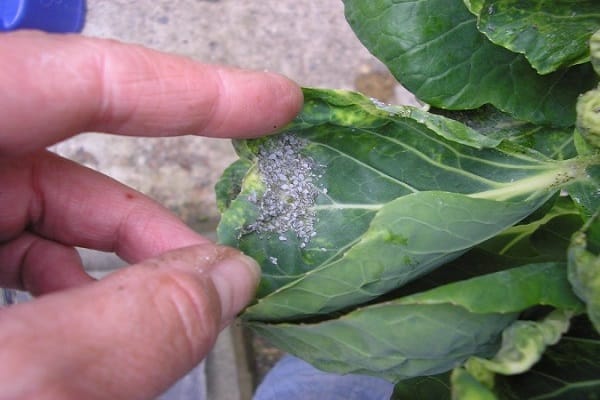
On the advantages and disadvantages of "Slava"
In the development of Russia, from the very beginning of its appearance, the non-chernozem region played a significant role. The breeding of the described cabbage variety is primarily aimed at this vast part of the Russian Federation. This is evidenced by the numerous descriptions of culture in garden reference books.
Frequent rains in the region are well suited for cabbage ripening, even if the soil is insufficiently filled with humus. But it should be noted that the "Slava" variety gives decent results in places where it rains infrequently. Today this cabbage is recommended, one might say, throughout the Russian territory, and also in Georgia and Kazakhstan.
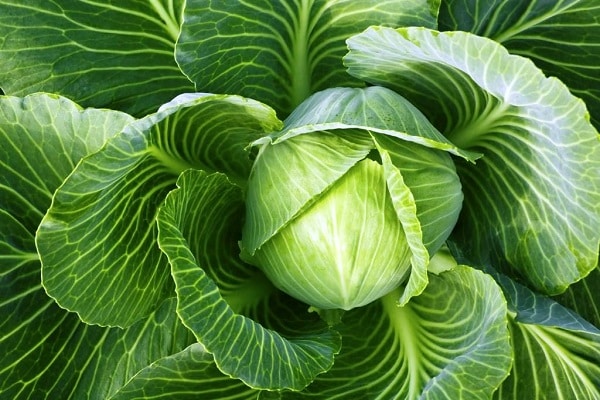
The disadvantages of this variety include its sensitivity to keel, which affects cabbage roots, preventing the desired development of the plant, as well as the possible acquisition of vascular bacteriosis and fusarium wilt.
But today, with the available arsenal of means to combat defects and parasites, as well as with all the pre-sowing measures mentioned above, any gardener is able to protect their vegetables.
Positive feedback from gardeners is in the absolute majority. The advantages of the Slava cabbage variety include good resistance to cold weather, a low degree of peduncle formation, resistance to cracking, excellent transportability and the possibility of long storage. Therefore, get the seeds of "Glory" and try to enjoy your own result.

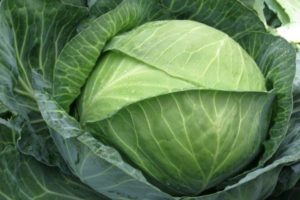
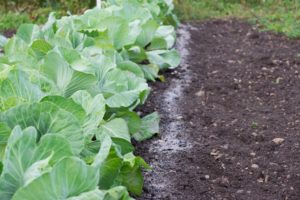
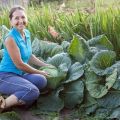
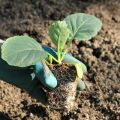

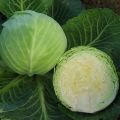


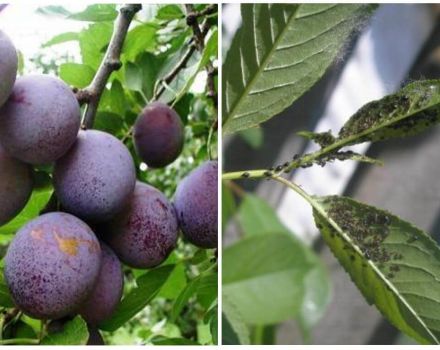

This variety of cabbage needs regular feeding, this is the only way to achieve a large harvest. I bring in a bioactivator every time "BioGrow”, It not only accelerates growth, but also strengthens the seedlings.